Poison Ivy, poison oak Cambridge, Ontario
MarcPerr
9 years ago
Related Stories

GROUND COVERSNative Alternatives to English Ivy, Japanese Pachysandra and Periwinkle
These shade-loving ground covers are good for the environment and say something about where you are
Full Story
GARDENING GUIDESDo You Have This Invasive Plant in Your Yard?
Garlic mustard is spreading across the U.S. Here’s how to spot it and what to do
Full Story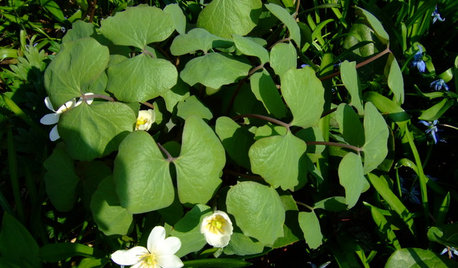
GARDENING GUIDESGreat Design Plant: Jeffersonia Diphylla
The long-lasting foliage of this eastern North American native excels at filling in a shady garden
Full Story
EARTH DAYThe Case for Losing the Traditional Lawn
Work less, help the environment and foster connections by just saying no to typical turf
Full Story
GREEN BUILDINGBuilding Green: How to Design a Healthier Landscape
Plant selection, water management, fire-prevention measures and more can ensure that your landscape is good for the planet and for you
Full Story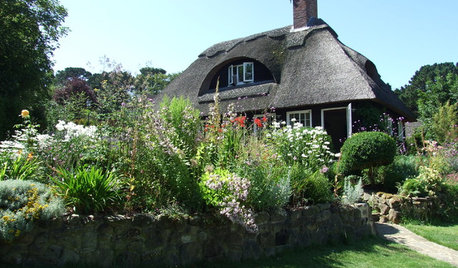
LANDSCAPE DESIGNHow to Create a Cottage-Style Garden
If you like an abundance of plants — and visits from birds, bees and butterflies — this may be the style of yard for you
Full Story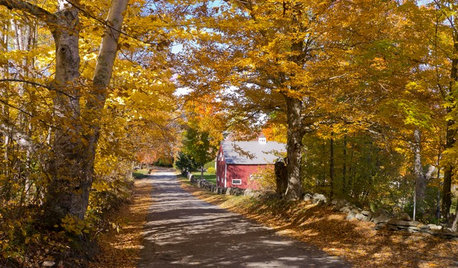
FALL AND THANKSGIVINGCelebrate the Season With Colorful Visions of Fall
Houzz readers share what autumn looks like in the United States and beyond
Full Story
LANDSCAPE DESIGNThe 7 Best Plant Types for Creating Privacy and How to Use Them
Follow these tips for using different kinds of plants as living privacy screens
Full Story
LANDSCAPE DESIGN5 Essential Considerations for a Landscape Design Project
Get your winter garden fix by planning an entirely new landscape or just an update for a single garden stretch
Full Story
EXTERIORSWhere Front Yards Collide: Property Lines in Pictures
Some could be twins; others channel the Odd Couple. You may never look at property boundaries the same way again
Full StorySponsored
Professional Remodelers in Franklin County Specializing Kitchen & Bath
More Discussions






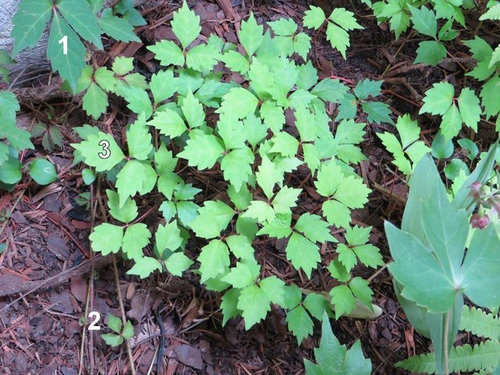

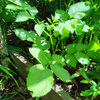

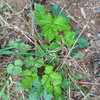

aurorawa
aurorawa
Related Professionals
Ashland Landscape Architects & Landscape Designers · Brentwood Landscape Architects & Landscape Designers · Forest Park Landscape Architects & Landscape Designers · Piqua Landscape Architects & Landscape Designers · Arlington Landscape Contractors · McKinney Landscape Contractors · Springfield Landscape Contractors · Addison Landscape Contractors · Camp Verde Landscape Contractors · Chattanooga Landscape Contractors · New Cassel Landscape Contractors · Nutley Landscape Contractors · Olympia Landscape Contractors · Porterville Landscape Contractors · Lauderdale Lakes Landscape Contractorssaltcedar
Carrie B
missingtheobvious